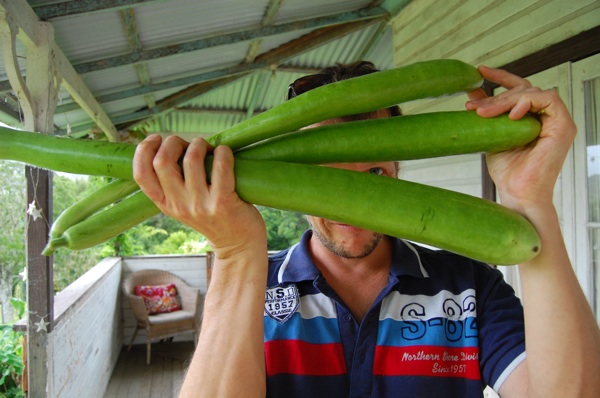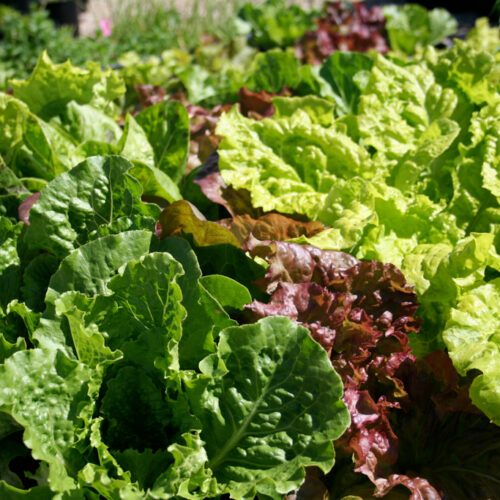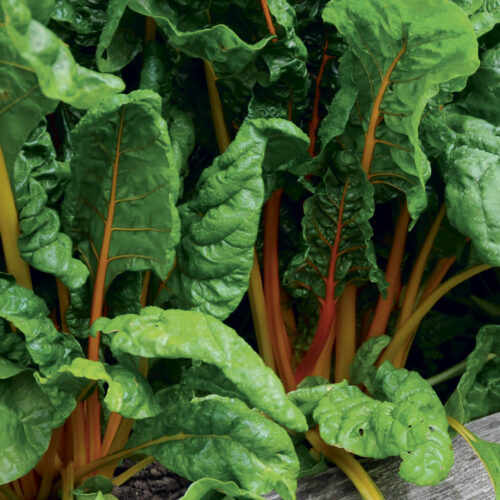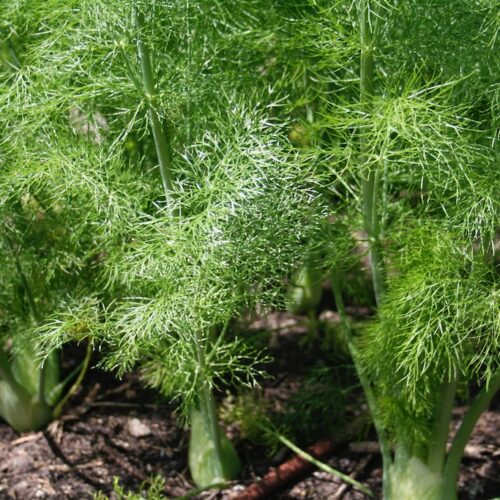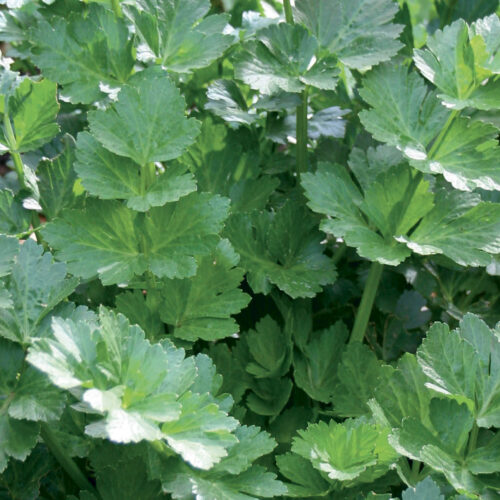Howdy doodhi
2012-01-27T01:08:42+11:00
The doodhis are coming thin and fast for SIMON WEBSTER.
Just thought I would give you a quick update on our New Guinea beans. Or doodhis, as we prefer to call them in our house; not because we are Gujarati, but simply because we like saying the name.
It’s been very wet up here in subtropical northern NSW, and as you can see, the doodhis are doing the business. The challenge (as with many unusual foods that grow well but aren’t part of our traditional diet) is knowing what to do with them.
Originally African, Lagenaria siceraria has been embraced in many parts of the world, particularly Asia, and from reading various Indian recipe sites, it seems the doodhi is to the subcontinent what the choko is to Australia: something you have to disguise to get people to eat, usually because they were force-fed so much of it as a child they never want to see it again.
Like the choko, the doodhi is an easy-to-grow plant, and highly productive, with fruit that pessimists regard as bland and optimists prefer to see as versatile.
Fortunately, there are a squillion suggestions out there in internet land. “My husband usually doesn’t like doodhi …” begin the blog entries, before going on to explain how it really is quite delicious when prepared the right way.
You can put doodhi in curries, Bolognese-type sauces, stews, apple pies, or just about anything. To find recipes, try searching under the doodhi’s numerous pseudonyms: ‘lauki’, ‘dudhi’ or ‘doodhi’ will turn up Indian recipes, ‘cucuzza’ will produce Italian dishes, and ‘bottle gourd’ will get you allsorts. You could also try ‘New Guinea bean’, ‘edible gourd’, ‘calabash’ and more.
Whatever your culinary bent, we’ve found you can’t go wrong if you start the day with doodhi juice: chop up a doodhi, stick it in a blender with a cup or two of water and a dollop of honey, press through a colander to separate the liquid from the pulp, and drink. Awesome, doodhi.

